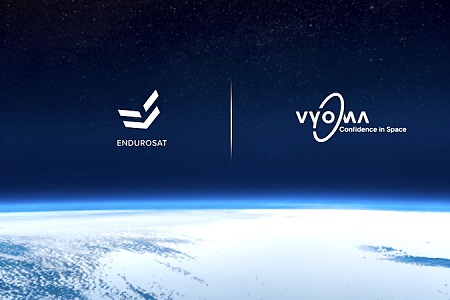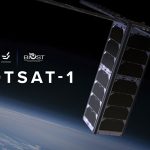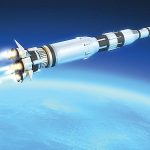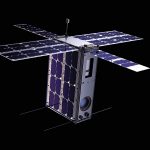As part of its ongoing mission to improve space safety, Vyoma will launch space-based telescopes that track space debris from 2024.
 Vyoma, aiming to make space safer, has partnered with EnduroSat to help improve the safety of satellites in orbit. A Memorandum of Understanding has been agreed upon, outlining how the two companies will support each other to improve the sustainability of space activities.
Vyoma, aiming to make space safer, has partnered with EnduroSat to help improve the safety of satellites in orbit. A Memorandum of Understanding has been agreed upon, outlining how the two companies will support each other to improve the sustainability of space activities.
Vyomas service provides improved insights and warnings of close approaches, empowering satellite operators to efficiently determine when manoeuvres are necessary. This ensures satellite fleets remain safe and operational while avoiding costly manoeuvres when they are not required.
These services complement EnduroSats Space as a Service, which offers the easiest way to deploy various types of payloads to orbit. There is no need to re-engineer satellite hardware, as EnduroSats unique software-defined architecture allows multiple sensors to operate together reliably on a single platform, resulting in fewer satellites in orbit, used with much higher efficiency, shared as a common resource in space.
Commenting on the deal, Stefan Frey, CEO of Vyoma, said: “Ensuring space remains safe and sustainable is a shared responsibility, but to adhere to their duty, operators need better tools at their disposal. The data and services we provide enable EnduroSat to improve the safety of their satellites and the efficiency of their operations. We look forward to working together and further developing our solutions and services to help to make space sustainable.”
Raycho Raychev, Founder and CEO of Endurosat, added: “I am really proud of Vyoma and our constant team efforts to improve sustainability in orbit. As the space industry is maturing, we need to have coherent and open ways to operate safely and to protect the safety of others. Looking forward to the next steps of the programme!”
As part of its ongoing mission to improve space safety, Vyoma will launch space-based telescopes that track space debris from 2024. This enables the company to further improve the accuracy of debris trajectories and reduce the visibility threshold to as low as 1cm-sized objects, dramatically reducing the collision risk with satellites.














































































